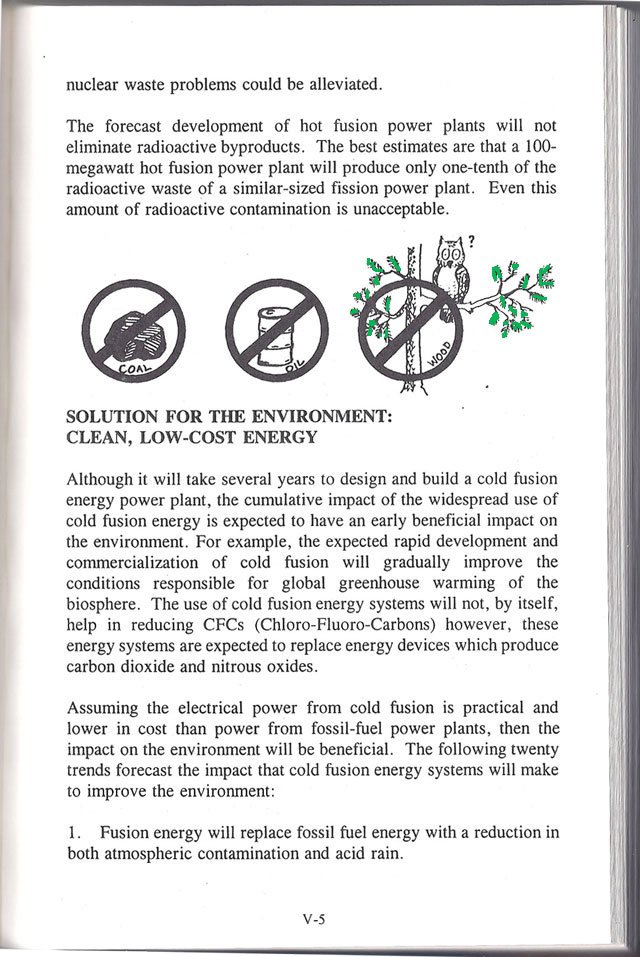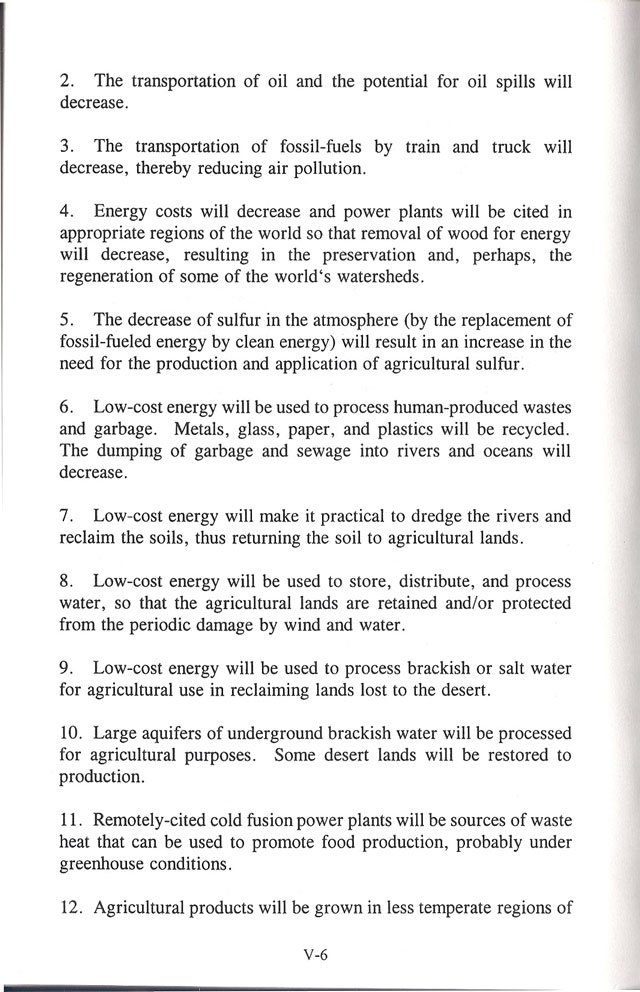Exponential Growth is an immensely powerful concept. To help us grasp it better let us use an ancient Indian chess legend as an example.
The king was a big chess enthusiast and had the habit of challenging wise visitors to a game of chess. One day a traveling sage was challenged by the king. To motivate his opponent the king offered any reward that the sage could name. The sage modestly asked just for a few grains of rice in the following manner: the king was to put a single grain of rice on the first chess square and double it on every consequent one.
Having lost the game and being a man of his word the king ordered a bag of rice to be brought to the chess board. Then he started placing rice grains according to the arrangement: 1 grain on the first square, 2 on the second, 4 on the third, 8 on the fourth and so on.
Following the exponential growth of the rice payment the king quickly realized that he was unable to fulfill his promise because on the twentieth square the king would have had to put 1,000,000 grains of rice. On the fortieth square the king would have had to put 1,000,000,000 grains of rice. And, finally on the sixty fourth square the king would have had to put more than 18,000,000,000,000,000,000 grains of rice which is equal to about 210 billion tons and is allegedly sufficient to cover the whole territory of India with a meter thick layer of rice. At ten grains of rice per square inch, the above amount requires rice fields covering twice the surface area of the Earth, oceans included.” ( http://www.singularitysymposium.com/exponential-growth.html ).
Exponential Growth is a difficult concept to imagine, but it is extremely powerful. This paper is devoted to utilizing three technology to achieve exponential production. The conceptual framework I am constructing is not just abstract, but reality based and achievable. In other words, this paper is a prescription for an almost unimaginably powerful result.
The three factors of production required for industrialization are capital, labor, and land. In other words, goods devoted to the production of other goods, activity that provides the goods, and raw materials.
“As opposed to traditional “subtractive” methods of carving or sculpting, 3D printing is an “additive” method of manufacturing that builds up solid objects one thin layer at a time. The basic concept is the same as an inkjet printer, only instead of spraying ink onto paper, 3D printers use liquids that solidify or set. Liquid plastic or resin are the usual materials, but there are others: for example, industrial 3D printers can make metal objects by laying down a pattern of metal powder and then fusing it with a high-powered laser or electron beam. You can 3D print in ceramic, glass, or concrete or other composite materials by depositing layers of sand or gravel and then spraying a binding agent…Truly revolutionary advances often come quietly at first, and I believe this is one of these. 3D printing as a technology is in its very early stages, but even in what it’s accomplished so far, we can glimpse the contours of the future.”
(http://bigthink.com/daylight-atheism/weekend-coffee-the-3d-printing-revolution). 3D printer technology is the quintessential “goods devoted to the production of other goods,” a virtual magic lamp.
Low energy nuclear reaction (LENR) is a clean, very cheap, and super abundant energy technology using (for instance) nickel and hydrogen. It has been estimated that evaporating hydrogen in a nickel lattice, applying heat, pressure, and a vibrational wave (i.e. “Q-wave”) produces 355,000 times the heat from hydrogen than an equal amount of gasoline. Furthermore, hydrogen and nickel are very plentiful elements in our universe. Such plentiful energy utilized by mechanical devices would fuel the activity that provides the goods.
Finally, low energy nuclear transmutation is a technology to turn one element into another. In the nickel lattice of a LENR reactor, hydrogen atom protons and electrons collide forming ultra-low momentum neutrons. Those neutrons are absorbed by surrounding atoms. Those surrounding atoms that have absorbed the extra neutron(s) shed heat and transform into other elements. Such a method for producing one element from another would allow the production of any needed raw material.
Sounds like science fiction. To digress slightly, I first was clued into the practicality of 3D printing when I was researching a new Nobel gas engine: “They recently purchased a 3-D printer in order to build the proper pipe sizes on which to wind the coils that go on their cylinders (and to play around). The 3-D printers only cost $5000. I remember back when we paid that much for a regular copy machine,” he said. ( http://theeestory.ning.com/forum/topics/inteligentry-manufacturers-gearing-up-for-noble-gas-engine-roll ). The main content of the article (about an engine that runs on “plasmic transition” process using noble gases to create the plasma) is amazing enough, but I didn’t realize how far 3D printer technology had come.
“President Obama’s nationwide push for innovation in manufacturing reaches across agencies from the National Science Foundation to the Department of Energy, and now it’s reaching all the way into the Pentagon where $60 million is being set aside for investment in 3-D printing technologies. The DoD will fund a network of agencies, academic institutions, and companies to build on 3-D printing tech with the overarching goal of building aerospace and weapons technology faster.
Of that $60 million, half will be allotted to researchers between now and fiscal 2014, with more than half of that–some $18.8 million–being handed over in fiscal 2012 alone. That means, adjusting for the usual bureaucratic waste, there should be somewhere between many and many-many millions spent to advance 3-D printing tech this year alone under a framework that will hopefully push for the meeting of meaningful benchmarks.
Three-dimensional printing (or additive manufacturing, or rapid prototyping) is of course a fairly nascent technology that nonetheless holds great promise. While private companies like Makerbot, Stratasys, and even Hewlett-Packard have pushed the boundaries of the technology by developing less-expensive and more accessible printing systems to more people, the industry on the whole hasn’t really benefited from a huge injection of investment or a meaningful mandate from a body like the DoD–one that, when it puts its mind and money to something, can actually enable technological leaps forward.
The 3-D printing industry was already doing fine–some analysts expect it to grow to $3.1 billion by 2016–but a little help from Uncle Sam can’t hurt.”
( http://www.popsci.com/technology/article/2012-05/pentagon-investing-millions-advance-future-3-d-printing-tech ).
While the “overarching goal of building aerospace and weapons technology faster” is a short term goal that is easily achievable, a much more powerful goal would be for 3D printers to produce other 3D printers, increasing production capacity exponentially.
Suppose for example a 3D printer and toner were to be transported to an asteroid. The printer can start manufacturing equipment to mine for fuel and raw materials, and as production was scaled up could duplicate the production economy. One production economy, two, four…limited only by time and the land. By the way, 3D printers are transforming digital data into goods, so innovation and adaptation from afar can be input via telecommunications, re-directing a production economy to produce different goods (like space craft to transport a spare 3D printer and toner to another piece of extra-terrestrial land to repeat the cycle).
This is where I go off the deep end. Remember we started this paper with a story of Exponential Growth (“And, finally on the sixty fourth square the king would have had to put more than 18,000,000,000,000,000,000 grains of rice which is equal to about 210 billion tons and is allegedly sufficient to cover the whole territory of India with a meter thick layer of rice.”):
“In astronomy and cosmology, dark matter is a type of matter hypothesized to account for a large part of the total mass in the universe. Dark matter cannot be seen directly with telescopes; evidently it neither emits nor absorbs light or other electromagnetic radiation at any significant level. Instead, its existence and properties are inferred from its gravitational effects on visible matter, radiation, and the large scale structure of the universe. Dark matter is estimated to constitute 84% of the matter in the universe…” ( http://en.wikipedia.org/wiki/Dark_matter )
I am making the following outrageous and totally unintuitive claim: using the above suggestion for exponential production, the dark matter could plausibly be spaceships filled with aliens. That is how powerful Exponential Growth is (both in terms of population and production).
To summarize, Exponential Growth is an immensely powerful concept. The three factors of production required for industrialization are capital, labor, and land. Using 3D printing, LENR, and LENT, exponential production potential can be achieved. While each of these are fairly nascent technologies, they nonetheless hold great promise. Furthermore, you can expect in the future that each of these technologies will have directed at them tremendous R&D resources – and a little help from Uncle Sam can’t hurt. Finally, using the concept of Exponential Growth you can even plausibly explain such inscrutable things as Dark matter. We really are primarily limited by our imagination.
The future is so bright we’ll have to wear shades – the only catch is we have to believe.






